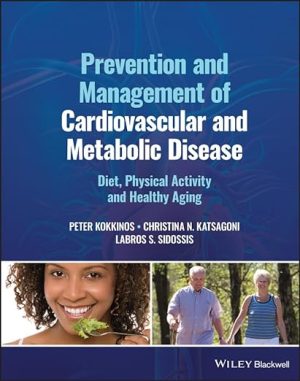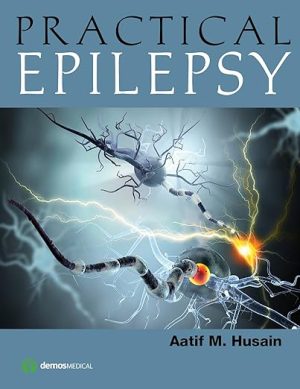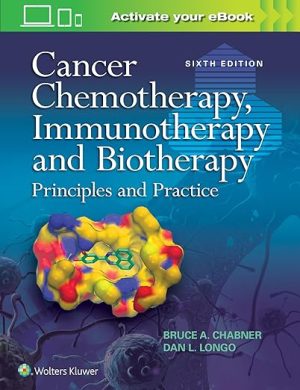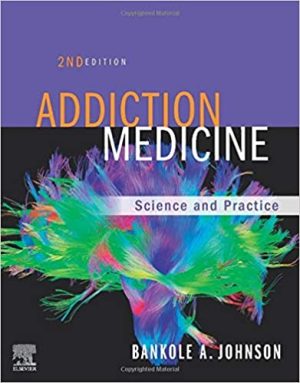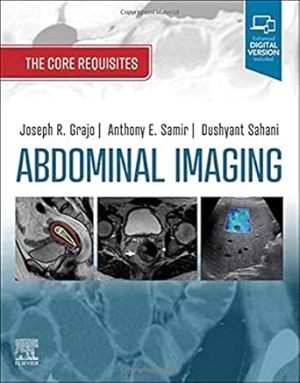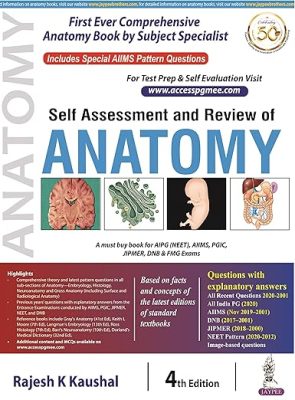Prevention and Management of Cardiovascular and Metabolic Disease: Diet, Physical Activity and Healthy Aging 1st Edition
Prevention and Management of Cardiovascular and Metabolic Disease
Provides accurate and well-documented information on the impact of diet and physical activity in the prevention and management of cardiovascular and metabolic diseases and healthy aging.
This authoritative textbook examines the independent and combined impact of diet and physical activity in the prevention and management of cardiovascular and metabolic diseases, with special emphasis on the elderly populations.
In this book the authors:
- Provide the latest data on the association between a suboptimal diet and physical inactivity and chronic disease.
- Examine the role of epigenetics on longevity.
- Discuss the fundamentals of healthy aging.
- Highlight the role of well-known dietary patterns such as the Mediterranean diet and the Nordic diet in favorable health outcomes, including cardiovascular, metabolic health, and healthy aging.
- Discuss the health outcomes of physical activity and healthy aging.
- Present the most recent evidence-based data on the independent and synergistic impact of diet and exercise on disease prevention and management including, heart disease, diabetes mellitus, hypertension, dyslipidemia, kidney failure, cancer and other conditions.
Prevention and Management of Cardiovascular and Metabolic Disease: Diet, Physical Activity and Healthy Aging is an excellent textbook for upper-level undergraduate and graduate students in medical and health-related disciplines and for health professionals, including dietitians and nutritionists, exercise physiologists, athletic trainers, nurses, physicians, geriatricians, and other health professionals with a special focus in older adults. This book is also a highly useful reference for health professionals interested in introducing diet and physical activity as an intervention for healthy aging as well as the prevention and management of cardiovascular and other metabolic diseases that are prevalent in aging populations.









